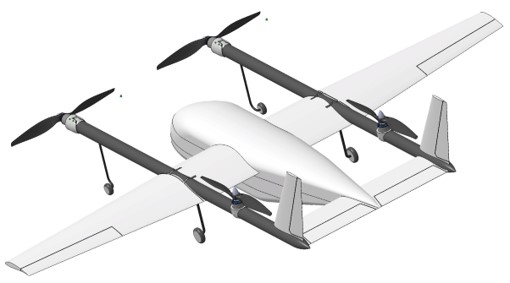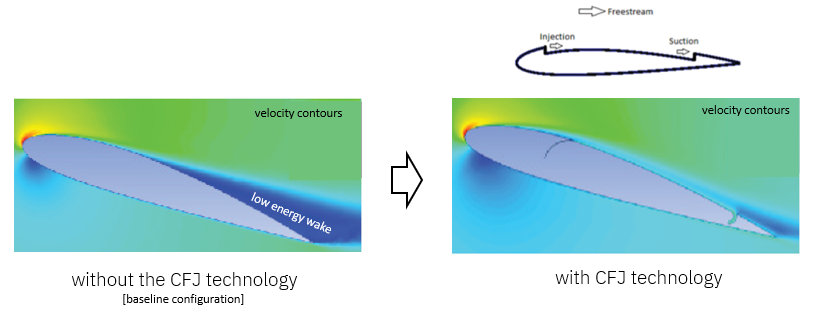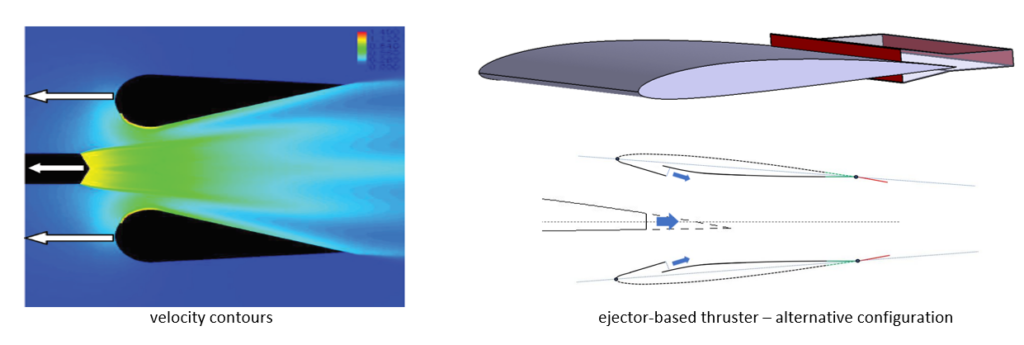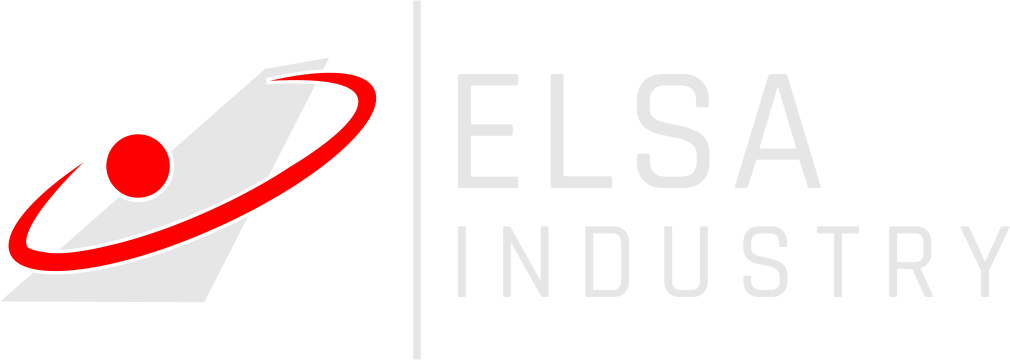Overview
Why hydrogen-powered aircraft?
Because:
- hydrogen is the most abundant element in the Universe
- hydrogen can store a very high amount of energy per unit of mass
- its conversion to useful energy is carbon-free
- it can (and it MUST) be produced from sustainable energy sources, powering the aircraft with wind and/or solar energy
… but hydrogen is very difficult to use
We know it is. This is why R&D is required. Mastering the hydrogen technology is extremely challenging, but the outcome is just incredible.
Hydrogen conversion
For the moment, we are only looking at hydrogen fuel cells.
What about onboard storage of hydrogen?
We consider two storage technologies:
- compressed gas – for UAVs and small aircraft
- liquid hydrogen – for larger, medium and long range aircraft
Hydrogen vs. batteries
It is not a matter of hydrogen OR batteries. The two energy storage methods are complementary. The energetic architectures we consider include both.
- hydrogen: high energy content – low power for extended periods of time
- batteries: low/medium energy content – high power for short periods of time
Range of products

We planned for an incremental development of our hydrogen-powered aircraft, starting with a number of small UAVs for testing and demonstration purposes and culminating with the development of a 30-40 passengers aircraft towards the end of the decade.
Vehicles under development
Cargo UAV

General characteristics:
- MTOW: 665 kg
- Powertrain: battery-electric / hydrogen-electric / turbogenerator
- Folding wings, tilt rotors (front)
- Autonomous navigation
Performance:
- Maximum range: >1500 km
- Cruise speed: 200 km/h
- VTOL capability
- Payload: up to 250 kg
- Storage volume: 2 m3
Markets:
- Medical logistics
- Postal services
- Parcel delivery
Small demonstrator aircraft

A British-Norman BN-2 Islander aircraft is used as a test platform for different powertrain modules. One of the aircraft’s thermal engines is replaced with an electric motor. The source of energy is represented by the hydrogen fuel cell / battery combination.
The development allows characterizing the powertrain performance at different flight conditions. Other objectives of this development: fuel cell / battery deterioration studies, reliability analysis, support for certification.
At the end of powertrain development and testing phase, this aircraft can be converted into a commercial hydrogen-powered aircraft, should an appropriate market be identified.
Medium aircraft

This aircraft incorporates a large number of innovative technological modules. Each module has been previously developed, tested and demonstrated on a smaller scale vehicle.
The aircraft has interchangeable power units. As such, the same airframe can be powered either by hydrogen, by batteries, by SAFs or fossil fuel.
General characteristics:
- Capacity: 30 passengers
- Length: 25 m
- Wingspan: 40.5 m
- Height: 7.5 m
- MTOW: 13500 kg
- Thrust effector: propeller or ejector-based thruster
Target performance:
- Cruise speed: 500 km/h
- Range (fully loaded): >1000 km
- Maximum range: 1500 km
- Service ceiling: 30000 ft (9000 m)
- Take-off run: 1700 m
- Rate of Climb: > 1700 ft/min
- Power/Mass: ~120 W/kg
Areas of research
Our future products will rely on a range of technologies that ELSA Industries is gradually developing. Some technologies require integration studies (e.g. hydrogen fuel cells) while other technologies introduce completely new concepts, requiring sustained development work.
Hydrogen fuel cell powertrain

This activity concerns the integration of different technological bricks into a complete energetic system that can power an aircraft. Special attention is given to the synergies between the cooling systems of the fuel cell, battery and electric motor.
The powertrain is scalable and adjustable for:
- different max power levels (as driven by the Maximum Take Off mass of the flying vehicle)
- different maximum energy levels (as driven by the desired range)
- different maximum operational altitudes
Air separation (N2 + O2)
An innovative method of air separation into its basic components (N2 and O2) is being investigated. The method relies on a strong magnetic field produced either by permanent magnets or electromagnets.
A patent is pending for the proposed technology.
The main benefit of this technology is the altitude performance improvement of the fuel cell system.
Active aerodynamic control

By active control of the flow around the wing airfoil, the aerodynamic performance of the aircraft can be greatly improved. The lift coefficient can be increased by up to 50% with a simultaneous reduction in drag. The Co-Flow Jet (CFJ) principle consists in the re-energization of the boundary layer by injection of an energetic stream of air tangent to the suction surface of the airfoil.
Another technology considered for aerodynamic control is Boundary Layer Ingestion (BLI). The potential for drag reduction of this technology is even higher than CFJ’s.
Ejector-based propulsion

This type of propulsion brings a number of benefits, among which:
- increase of the available thrust per unit of spent energy
- posibility of Boundary Layer Ingestion
- significant noise reduction compared to propeller-produced thrust
- no moving parts involved in the thrust producing process
- suited for higher speeds
- can be adapted for thrust vectoring control using the Coandă effect
Interchangeable power modules
By incorporating the powertrain into an independent, detachable module, one can obtain an aircraft that can be powered either by carbon-based fuels (by combustion), by hydrogen (by fuel cells) or by batteries. The power module contains the power generation system, the fuel and the associated control.
This allows fast adaptation of the same airframe to a given mission, taking into account the constraints of the operating environment (e.g. should the aircraft be operated on short distances, the battery power module can be used, while operation on long distances is facilitated by the fuel or hydrogen power modules).
More information about these research topics and vehicles can be found in the Investors section.
Interested in our hydrogen R&D activity? Contact us!

